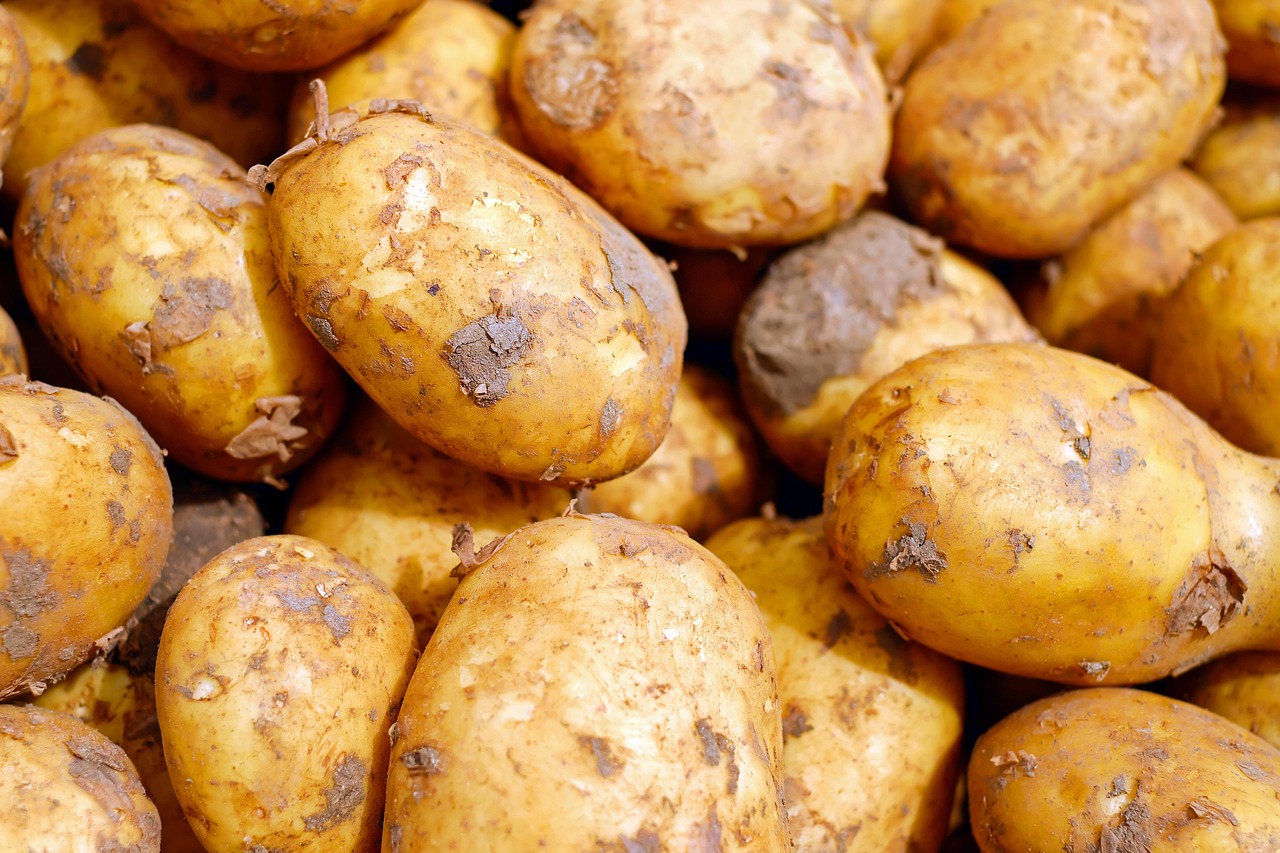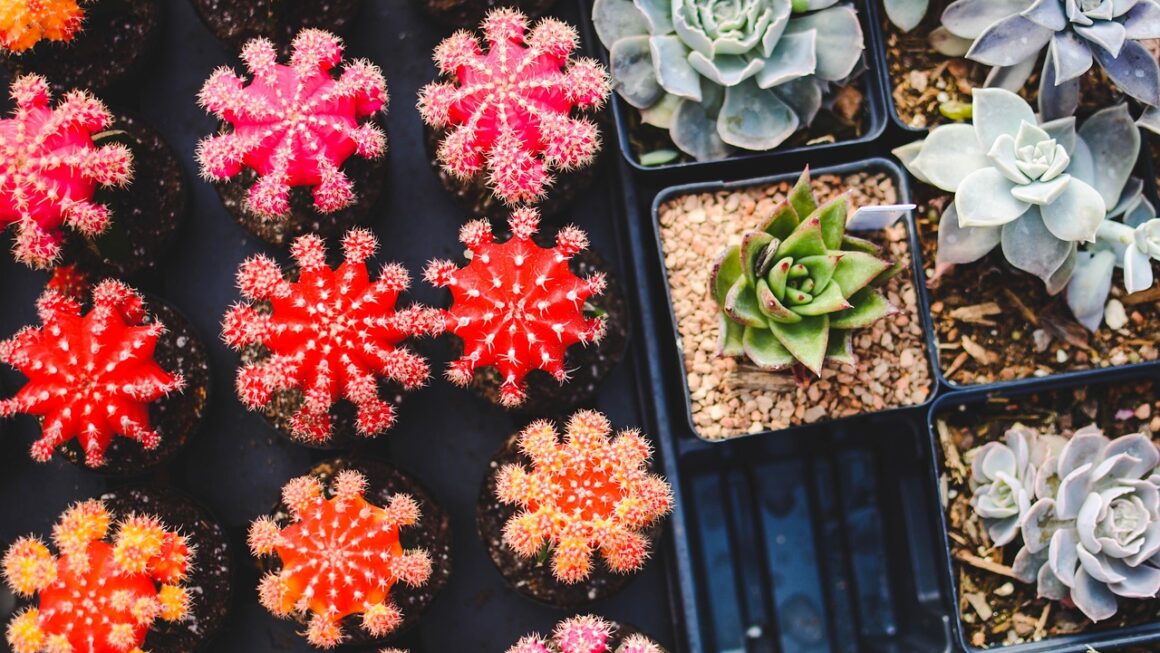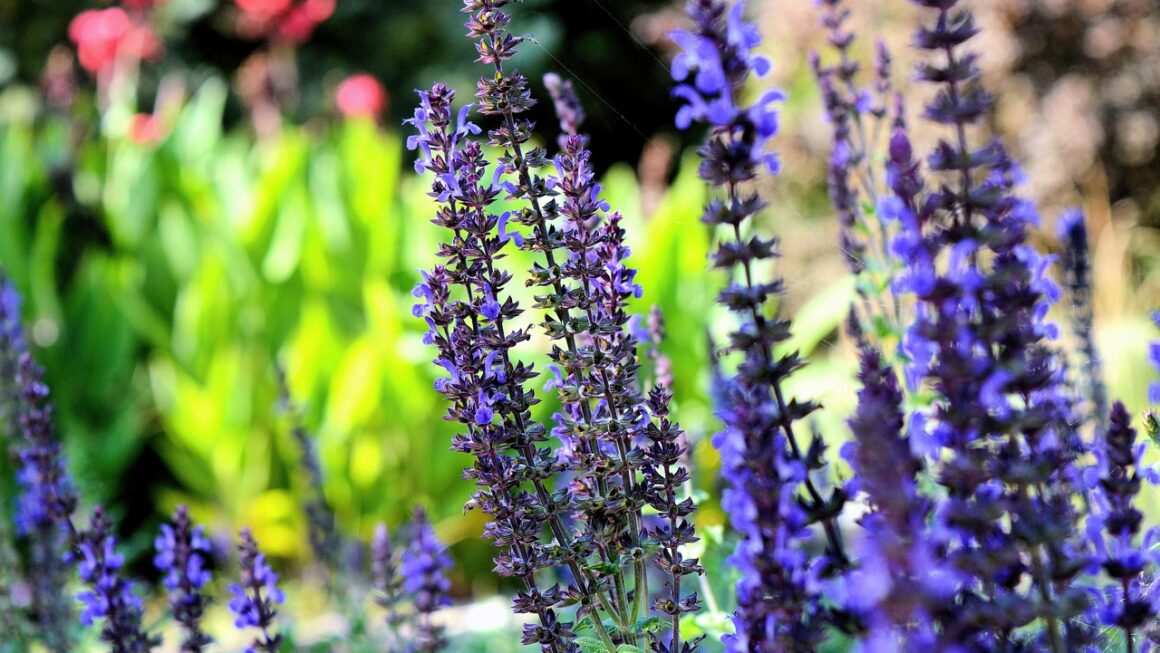Home gardening has experienced a remarkable resurgence in recent years, fueled by a desire for fresh, healthy produce, sustainable living, and a deeper connection with nature. Whether you have a sprawling backyard or a tiny balcony, the joys and benefits of cultivating your own garden are within reach. This guide will walk you through the essential aspects of home gardening, providing you with the knowledge and inspiration to create your own thriving green space.
Planning Your Home Garden
Before you even touch a trowel, careful planning is essential for success. Consider your space, climate, and goals to design a garden that suits your needs.
Assessing Your Space and Sunlight
- Evaluate the area: Take stock of your available space. Is it a large plot, a small patio, or just a windowsill? This will dictate the size and type of garden you can create.
- Sunlight is key: Observe how much sunlight your potential garden area receives throughout the day. Most vegetables require at least 6-8 hours of direct sunlight. Leafy greens and some herbs can tolerate partial shade (4-6 hours).
- Soil conditions: Examine your soil. Is it sandy, clay-like, or loamy? A soil test kit can provide valuable insights into its pH levels and nutrient content.
Example: If your soil is heavy clay, amending it with compost and organic matter will improve drainage and aeration.
Defining Your Gardening Goals
- What do you want to grow? Choose plants that you enjoy eating and that are well-suited to your climate.
- Consider your skill level: Start with easy-to-grow vegetables like lettuce, radishes, and beans if you’re a beginner.
- Plan for succession planting: Stagger planting times to ensure a continuous harvest throughout the growing season.
Example: Plant radishes every two weeks for a steady supply.
Choosing the Right Type of Garden
- In-ground garden: A traditional garden planted directly in the soil. Requires more space and preparation but offers the most flexibility.
- Raised beds: Elevated garden beds that improve drainage and soil quality. Easier on the back and ideal for areas with poor soil.
- Container gardening: Growing plants in pots and containers. Perfect for small spaces like balconies and patios.
Example: Tomatoes, peppers, and herbs thrive in containers with sufficient drainage.
- Vertical gardening: Growing plants on walls or trellises. Maximizes space and adds visual interest.
Example: Cucumbers and climbing beans are well-suited for vertical gardening.
Preparing Your Garden
Once you have a plan, it’s time to prepare your garden space for planting.
Soil Preparation
- Clear the area: Remove any weeds, rocks, and debris from the planting area.
- Amend the soil: Add organic matter like compost, aged manure, or peat moss to improve soil fertility, drainage, and water retention.
Example: A mixture of equal parts garden soil, compost, and peat moss is a good starting point for container gardening.
- Test the soil pH: Most vegetables prefer a slightly acidic to neutral pH (6.0-7.0). Adjust the pH as needed using lime (to raise pH) or sulfur (to lower pH).
Choosing the Right Tools
- Hand trowel: For digging small holes and transplanting seedlings.
- Garden fork: For turning and aerating the soil.
- Hoe: For weeding and cultivating the soil.
- Watering can or hose: For watering plants.
- Gardening gloves: To protect your hands.
Starting Seeds vs. Buying Seedlings
- Starting seeds: More economical and offers a wider variety of choices. Requires more time and effort but allows you to control the entire growing process.
- Buying seedlings: Convenient and saves time. Ideal for beginners or those with limited space for starting seeds indoors.
Tip: Choose healthy-looking seedlings with strong stems and vibrant green leaves.
Planting and Caring for Your Garden
With your garden prepared, it’s time to plant and provide the necessary care for your plants to thrive.
Planting Techniques
- Follow planting instructions: Refer to seed packets or plant labels for specific planting depths and spacing recommendations.
- Water thoroughly: Water newly planted seeds or seedlings immediately after planting.
- Mulch: Apply a layer of mulch around plants to suppress weeds, retain moisture, and regulate soil temperature.
Example: Straw, wood chips, or shredded leaves can be used as mulch.
Watering and Fertilizing
- Water deeply and regularly: Water plants deeply whenever the top inch of soil feels dry.
- Avoid overwatering: Overwatering can lead to root rot and other problems.
- Fertilize as needed: Use a balanced fertilizer to provide plants with essential nutrients. Follow fertilizer instructions carefully.
Example: A 10-10-10 fertilizer provides equal amounts of nitrogen, phosphorus, and potassium.
Pest and Disease Control
- Monitor plants regularly: Check for signs of pests or diseases, such as chewed leaves, spots, or wilting.
- Use organic pest control methods: Encourage beneficial insects, use insecticidal soap, or apply neem oil to control pests.
- Practice good sanitation: Remove dead or diseased leaves and debris to prevent the spread of diseases.
Example: Companion planting can help deter pests. Planting marigolds near tomatoes can repel nematodes.
Harvesting and Enjoying Your Harvest
The culmination of your gardening efforts is the harvest! Knowing when and how to harvest your crops is essential for maximizing flavor and yield.
Harvesting Techniques
- Harvest at the right time: Harvest vegetables when they are ripe and at their peak flavor.
- Use proper tools: Use sharp scissors or a knife to harvest delicate vegetables like lettuce and herbs.
- Handle produce carefully: Avoid bruising or damaging produce during harvest.
Example: Tomatoes should be slightly firm and uniformly colored when harvested.
Storing Your Harvest
- Store produce properly: Store vegetables and fruits in a cool, dark place to prolong their shelf life.
- Preserve excess produce: Can, freeze, or dry excess produce to enjoy it throughout the year.
* Example: Freezing herbs in ice cube trays preserves their flavor for future use.
Conclusion
Home gardening is a rewarding and enriching experience that offers numerous benefits, from fresh, healthy produce to a deeper connection with nature. By carefully planning, preparing, and caring for your garden, you can create a thriving green space that provides you with a bountiful harvest. Embrace the journey, experiment with different plants and techniques, and enjoy the fruits (and vegetables!) of your labor.




